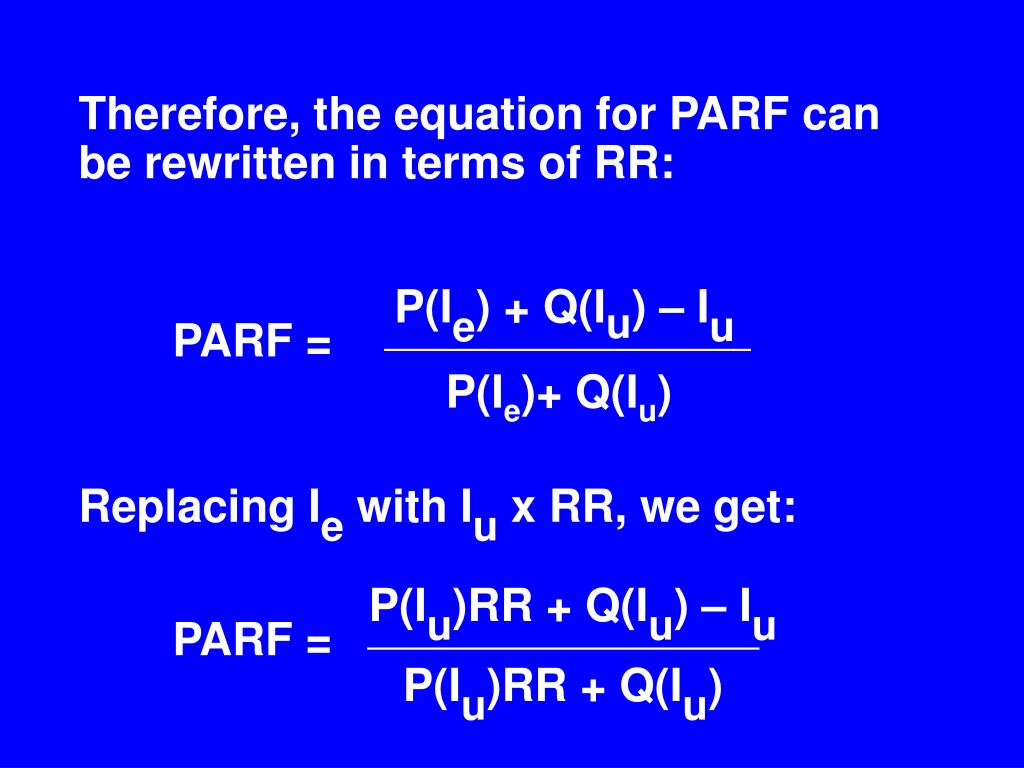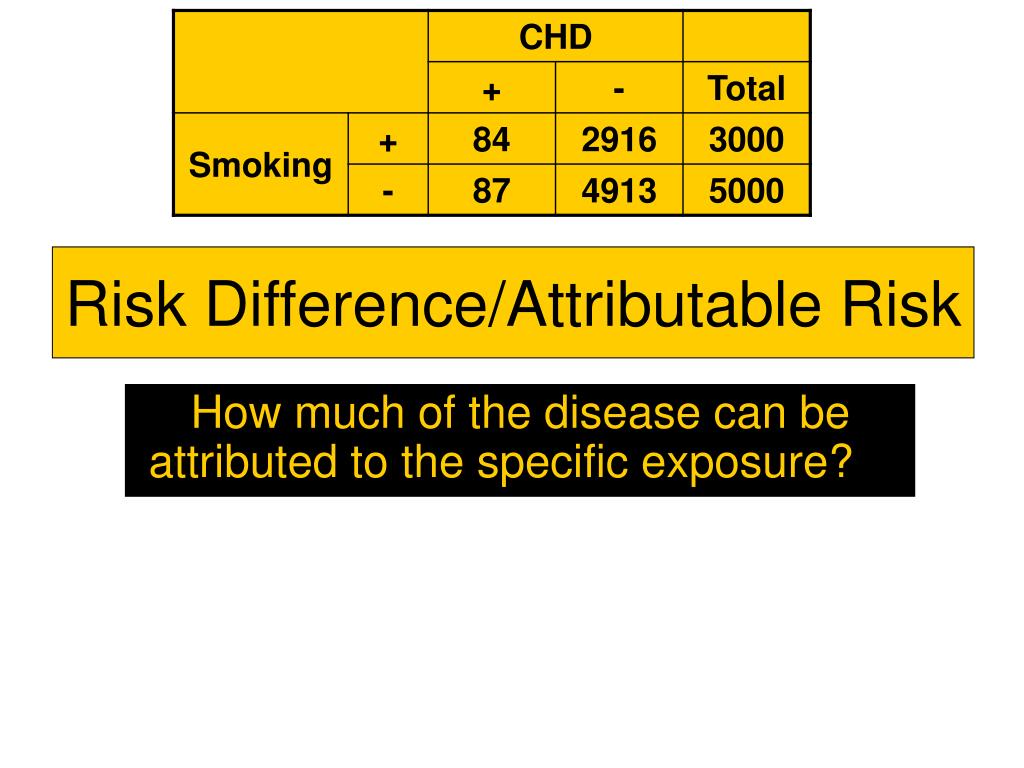

A generic template is shown in the figure: exposure status (in this case, yes/no) is indicated in rows, and the outcome status for each exposure category is shown in the columns.Ĭonsider the following example regarding the management of Hodgkin lymphoma, a cancer of the lymphatic system. The format in which the data for different groups can be summarized is very simple and is the same regardless of the measure of disease frequency. By measuring and comparing the incidence of the outcome of interest in two or more groups categorized by extent of exposure, we can begin to assess whether there is an association between exposure and outcome.īecause many potential causes fit more into the quantitative rather than qualitative category, a more general way to conceptualize comparisons is to think of the category of interest (the category hypothesized to be associated with disease) as the "index" category and the category that serves as the comparison as the "reference" category. This difference could be qualitative (yes/no), such as whether one did or did not consume a certain food at a restaurant on a specific evening, or quantitative (higher/lower), such as differences in the amount of carbohydrates consumed in one's diet. Thus, identifying the causes of disease in epidemiology inherently involves comparison between groups of people who differ by exposure. We can measure the cumulative incidence of twin (or higher multiple) births among women who use fertility treatment but we can't draw any preliminary conclusion without knowing the incidence of similar births among women who didn't use such treatment. Knowing the level of disease frequency in a single group, however, does not tell us whether membership in that group increases, decreases, or has no effect on risk. In a previous module we saw that we can measure disease frequency (cumulative incidence, incidence rate, or prevalence) by identifying the number of cases in the numerator and the population (people or person-time) in the denominator. Explain what is meant by a "reference group" when multiple exposure groups are being compared and be able to compute and interpret measures of association based on a reference group.Ĭomparing Risk Among Two or More Exposure Groups.Demonstrate the uses of these measures of association and be able to interpret them.

#POPULATION ATTRIBUTED RISK PROBABILITY HOW TO#
Explain how to compare the incidence of disease in two or more groups.Construct a tables for summarizing epidemiologic data.Learning ObjectivesĪfter successfully completing this section, the student will be able to: In this module we will focus on methods for comparing groups and how to interpret the findings. In either event one must then consider whether the findings were misleading because of sampling error, bias, or confounding (the issue of validity is one that we will address later) in other words, we must consider alternative explanations that might invalidate our conclusions.

If individuals with a given exposure are found to have a greater probability of developing a particular outcome, it suggests an association, and, conversely, if the groups have the same probability of developing the outcome regardless of their exposure status, it suggests that particular exposure is not associated with a greater risk of disease. We search for the determinants of health outcomes, first, by relying on descriptive epidemiology to generate hypotheses about associations between exposures and outcomes, and, second, by employing analytical epidemiology to more rigorously assess hypotheses by drawing samples of people and comparing groups to determine whether health outcomes differ based on exposure status.


 0 kommentar(er)
0 kommentar(er)
